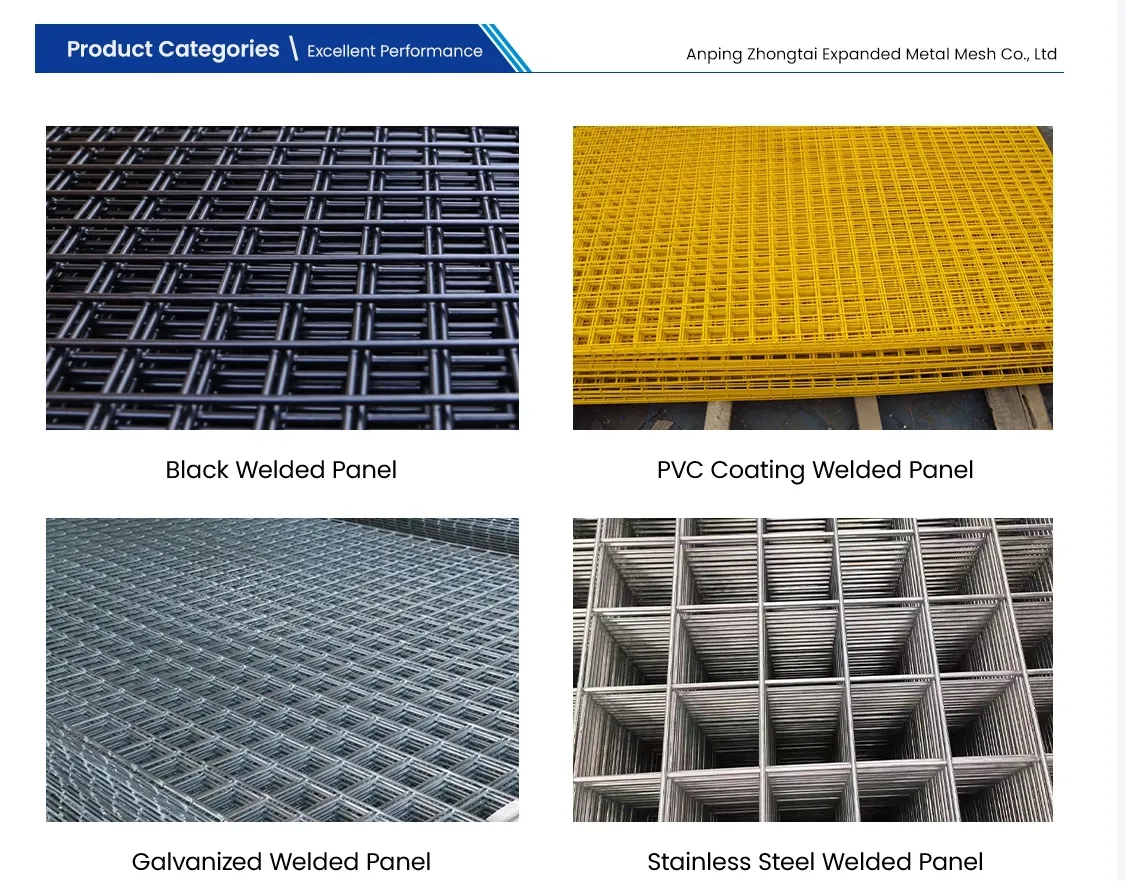Understanding Steel Perforated Sheet Metal
Steel perforated sheet metal is an essential material used in various industries due to its unique properties and versatile applications. It is made by puncturing holes in sheets of steel to create a grid-like pattern. This perforation process not only reduces weight but also enhances the material's functionality. In this article, we will explore the manufacturing process, applications, advantages, and factors to consider when choosing steel perforated sheet metal.
Manufacturing Process
The manufacturing of steel perforated sheet metal involves several steps. First, high-quality steel sheets, often made from stainless or carbon steel, are selected based on the end application requirements. The thickness of these sheets can vary, typically ranging from 0.5 mm to several millimeters.
The perforation process is achieved using various methods, including mechanical punching, laser cutting, or water jet cutting. Mechanical punching is the most common method, where a machine uses dies to create holes of specific shapes and sizes. These holes can be round, square, or custom shapes depending on the design specifications. The distance between holes, commonly referred to as pitch, can also be customized.
Once perforated, the sheets may undergo additional processes like cleaning, surface treatment (such as galvanizing or powder coating), and cutting to size to meet customer specifications. The final product is then ready for delivery.
Applications
Steel perforated sheet metal is highly versatile, making it suitable for a wide range of applications across various industries, including
1. Architecture and Design Perforated sheets are widely used in building facades, ceiling tiles, and interior design elements. They provide aesthetic appeal and can be designed to control light and sound.
2. Industrial Applications In manufacturing and processing plants, perforated metal is commonly used for screens, filters, and guards. It allows for fluid and air passage while providing structural support.
3. Automotive Industry Perforated sheet metal is often used in car parts like grilles and panels, allowing for ventilation while optimizing weight.
4. Environmental Applications Steel perforated sheets are used in noise control barriers and erosion control systems. Their ability to let water pass through makes them ideal for landscape and drainage applications.
5. Furniture and Retail Displays Retail environments utilize perforated metal for display shelving and fixtures. The added holes allow for flexibility in design and functionality.
Advantages
steel perforated sheet metal

The use of steel perforated sheet metal manifests several advantages
- Lightweight yet Durable Perforated sheets provide strength while significantly reducing overall weight. This attribute is especially beneficial in industries where weight savings can lead to cost reductions in transport and installation.
- Aesthetic Flexibility The varied hole patterns and designs allow for creative applications in architecture and interior design, enabling designers to create unique visual effects.
- Increased Safety With the right pattern and thickness, these sheets can improve safety by offering structural support while preventing debris accumulation.
- Enhanced Performance Perforated metal promotes airflow and drainage, which is crucial in applications like filtration and ventilation systems.
- Customizability Manufacturers can tailor hole sizes, shapes, and spatial arrangements to meet specific customer needs, providing a bespoke solution for various projects.
Considerations When Choosing Steel Perforated Sheet Metal
When selecting steel perforated sheet metal, consider the following factors
1. Material Type Choose between stainless steel, carbon steel, or other alloys based on corrosion resistance and strength requirements.
2. Thickness and Gauge The thickness influences strength and durability, while the gauge determines the weight and flexibility of the sheet.
3. Hole Size and Pattern The size and arrangement of holes will depend on the application—larger holes may provide better airflow, while smaller ones may offer more strength and privacy.
4. Finish and Treatment Consider surface treatments for aesthetic appeal and protection against corrosion, especially in outdoor or industrial environments.
5. Cost and Availability Evaluate budget constraints while ensuring the selected material is readily available in the desired specifications.
In conclusion, steel perforated sheet metal is a highly functional and adaptable material serving various industries. Its unique advantages, coupled with the ability to customize designs, make it a preferred choice for engineers, architects, and designers alike. Whether you are looking to enhance aesthetic appeal or improve functionality, understanding the properties of perforated sheet metal can lead to innovative solutions in your projects.
-
The Strength and Versatility of Aluminum Expanded Metal Mesh
NewsJun.10,2025
-
Safety Guards and Machine Enclosures Using Expanded Mesh
NewsJun.10,2025
-
Performance with Round Hole Perforated Mesh in Wall Panels
NewsJun.10,2025
-
How Steel Grating Trench Covers Distribute Weight Efficiently
NewsJun.10,2025
-
How Deck Mesh Railing Enhances Backyard Aesthetics
NewsJun.10,2025
-
Comparing Bar Thickness and Spacing in Steel Grating
NewsJun.10,2025
Subscribe now!
Stay up to date with the latest on Fry Steeland industry news.

